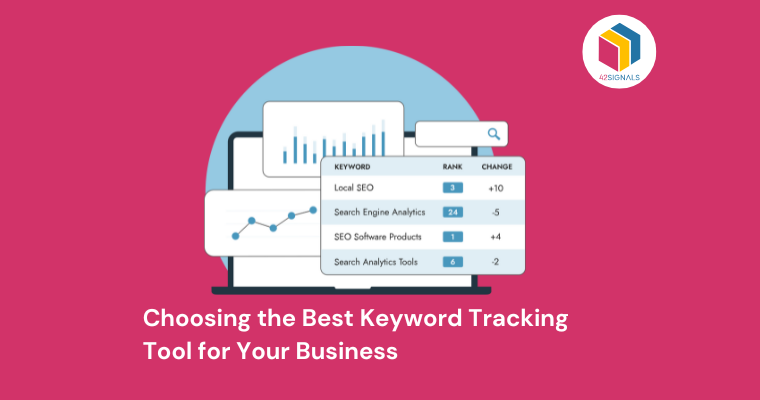No business can sustain itself only with a stream of new customers. Retaining customers is as crucial as acquiring new ones. Companies are increasingly recognizing the value of maintaining a consistent and fair market environment for their products, which is where Minimum Advertised Price (MAP) violation tracking comes into play. Let’s see how MAP violation tracking can be a game-changer in customer retention strategies.
Image Source: MAP Violation | 42Signals
Understanding MAP Policies: What is MAP Violation?
Before exploring the role of MAP violation tracking, it’s essential to understand what MAP is. The Minimum Advertised Price is the lowest price a retailer is allowed to advertise a product for sale. Not to be confused with selling price, MAP is all about the advertised price. Manufacturers set MAP policies to maintain brand value, prevent price wars, and ensure a level playing field for all retailers.
The Link Between MAP Violations and Customer Dissatisfaction
MAP violations typically lead to several problems that directly impact customer retention:
- Price Wars: When retailers undercut MAP, it often triggers a price war, leading to diminished profits and brand devaluation.
- Unfair Competition: Law-abiding retailers may lose customers to those who advertise below MAP, creating an unfair competitive environment.
- Brand Perception: Frequent MAP violations can tarnish a brand’s reputation, making it seem less premium or trustworthy.
MAP Violation Tracking as a Tool for Customer Retention
Image Source: Managing MAP Violations | 42Signals
With the adoption of MAP Violation Tracking, businesses benefit from –
- Maintaining Price Integrity: When all retailers adhere to MAP, price integrity is maintained. This leads to fostering collaborative relationships with retailers.
- Creating a Level Playing Field: Implementing effective MAP tracking and enforcement ensures that all retailers play by the same rules. This fairness is maintained through clear communication and education of MAP policies. It also streamlines partner relationships and makes for a friction-free collaboration.
- Enhancing Brand Value: Consistent enforcement of MAP policies enhances the perceived value of the brand. Customers often associate price with quality, and a well-maintained pricing strategy can increase brand loyalty. This can lead to incentivising and rewarding retailers adhering to the policies.
Implementing MAP Violation Tracking
Several tools like 42Signals help brands with MAP violation tracking. With AI and ML-integrated models, such solutions can monitor several products on multiple marketplaces to alert brands immediately when violations are detected.
Image Source: MAP Violation Software | 42Signals
Though there are certain challenges and considerations in this arena, such as –
- Legal Compliance: Ensuring that MAP policies and enforcement methods comply with antitrust laws.
- Balancing Relationships: While enforcement is necessary, it’s also crucial to maintain positive relationships with retailers. Finding a balance is key.
These measures are easily managed with the right partner.
Conclusion
MAP violation tracking is a vital tool in the arsenal of customer retention strategies. As the marketplace continues to evolve, adapting and implementing effective MAP policies will be crucial for long-term success.
This approach to customer retention highlights the importance of fair play and consistency in today’s market, where the quality of products does not just win customer loyalty but also the integrity of their pricing and distribution channels.
If you’re interested, we are here to help you. Contact us today at sales@42signals.com





